Newborn umbilical cord stump care: The basics explained

Learn how to properly care for your newborn's umbilical stump with this informative article. Explore cleaning methods, infection signs, and more to promote a safe healing process.
So, what's the proper way to care for your baby’s umbilical stump? Learn a thing or two in our newborn guide.
When you are pregnant, your baby's umbilical cord is the "lifeline" that provides important nutrients and oxygen to him while in-utero, and connects both of you via your placenta from the sixth week of pregnancy to birth.
After your little one is born, the cord is no longer needed, because now your baby is able to breathe, eat and eliminate waste on his own.
Therefore, the umbilical cord is clamped and cut off at birth — a painless procedure for your baby since the cord does not have any nerve fibres — leaving behind a small stump.
What is left of the umbilical cord is known as the umbilical stump, which you will see attached to your baby's belly button.
While looking after your baby's umbilical stump until it falls off is generally an uncomplicated process, there are still a few things new parents should be aware of, including umbilical stump care, which we describe in this article.
According to Dr David Perlstein of E-Medicine Health, your baby's umbilical stump will usually be cleaned with an antiseptic by the doctor, within the first hour after birth.
This is done to prevent infection from setting in.
The clamp will generally be removed from the umbilical stump 24 hours after your baby's birth.
Dr Perlstein recommends that you request for the clamp to be removed before you leave the hospital with your baby, as it can interfere with diaper changes at home, pulling at and injuring the stump.
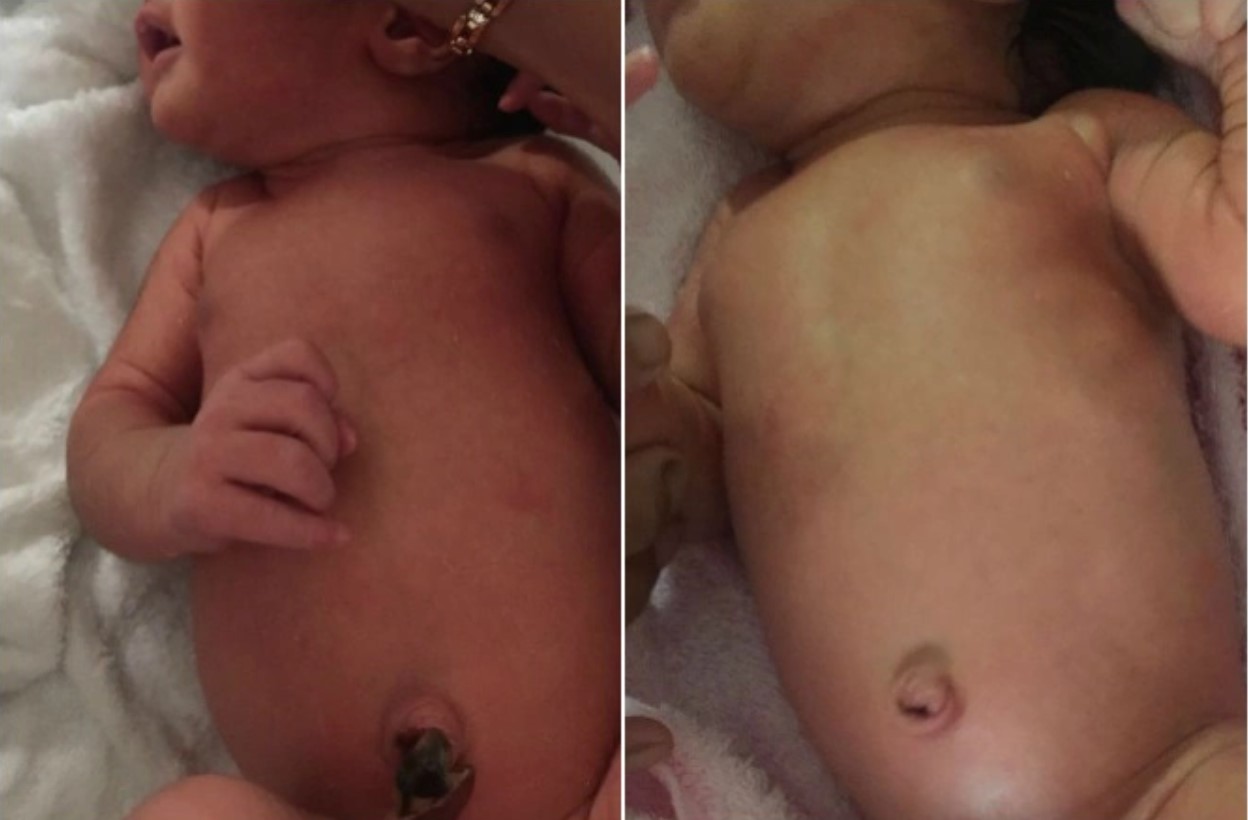
Soon after birth, your little one's umbilical stump may look white and shiny, and may even feel a bit damp, say the medical experts at Web MD.
Over the next few weeks (usually, around two to three), the stump will shrivel up, dry and heal, changing colour to brown, grey or even black.
The stump will usually fall off on its own.
Here are some important points to keep in mind in relation to umbilical stump care:
Parents were once told to clean their baby's stump with rubbing alcohol after each diaper change. But now, health professionals are advising against this practice, and instead recommend that you mostly just leave it alone, thereby encouraging a faster healing process.
A study published by the National Centre for Biotechnology Information (NCBI) states that "the use of antibacterial agents to clean and dry the stump of the newborns' umbilical cord (UC) after birth has been abandoned by many neonatal units in favour of dry cord care."
"Dry cord care is an easy, straightforward, and safe method of handling the UC in healthy newborn infants born in a high-income hospital setting," the researchers added.
Pauline Wee, former assistant director of nursing at KK Women's and Children's Hospital, recommends cleaning the umbilical stump with cotton balls dipped in cooled boiled water.
If the clamp is still attached, she advises that you gently lift it and "clean around the base of the cord and from the base upwards," while keeping an eye out for a foul smell, pus or redness around the base, which could be signs of infection.
Do remember that it's quite normal to notice a bit of crusting or even dried-up blood near the stump.
Paediatricians recommend that you expose the stump to fresh air as much as possible to assist in drying it out, especially the base.
Avoid covering the stump with your baby's diaper — you could fold down the top of the diaper to do this.
In very warm weather, dress your little one in a diaper and cotton top, which will improve air circulation, helping to dry out the stump.
Also, change wet or dirty diapers immediately to help keep your baby dry and also prevent infection of the stump.
Sticking to sponge baths only, during the period when your baby's stump is healing, is the safest and most practical option when it comes to best-practice stump care, say doctors.
You may commence "proper" baby-tub baths once the stump falls off and the skin where it was attached, heals.
You may feel tempted to pull off the stump, especially when it is hanging by a thread. But experts caution against doing this to avoid the risk of infection.
You should let the stump fall off by itself.
Web MD medical experts say that if the cord stump is pulled off too soon, it could start actively bleeding, meaning every time you wipe away a drop of blood, another drop appears.
If you do this and the cord stump continues to bleed, call your baby's doctor immediately.
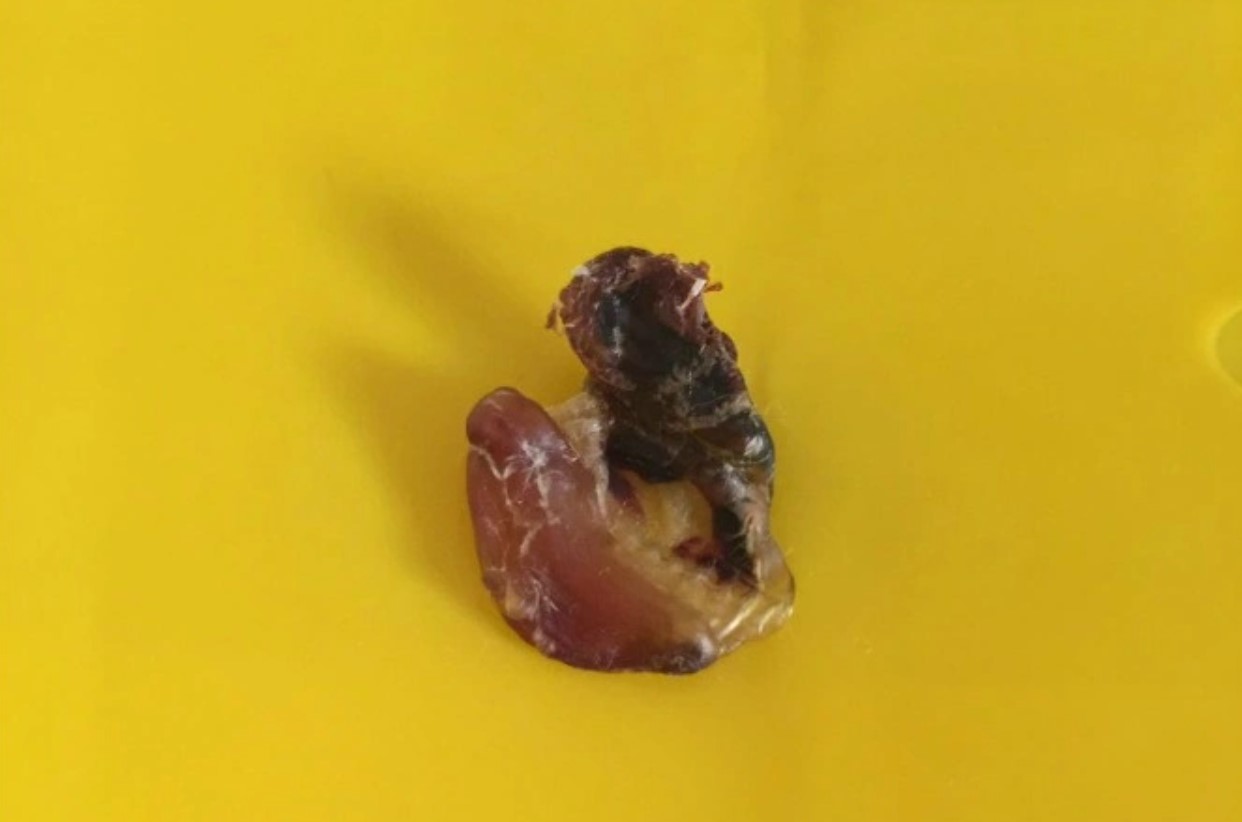
The stump usually self-detaches within one or two weeks. It's quite normal to see a raw, red patch of skin where the stump was, or at the bottom of the belly button.
This is to be expected and normal skin will soon grow over it.
Sometimes, a tiny amount of blood-tinged liquid may ooze out of the naval area, for even up to around two weeks, say doctors. This is quite normal and nothing for you to worry about.
According to Dr Perlstein, the following are the instances when you should consult your baby's paediatrician without delay:
Any fever (rectal temperature of 100.4 degrees Fahrenheit/38 degrees Celsius or higher) in a newborn is considered a medical emergency. Please seek immediate medical assistance in this instance.
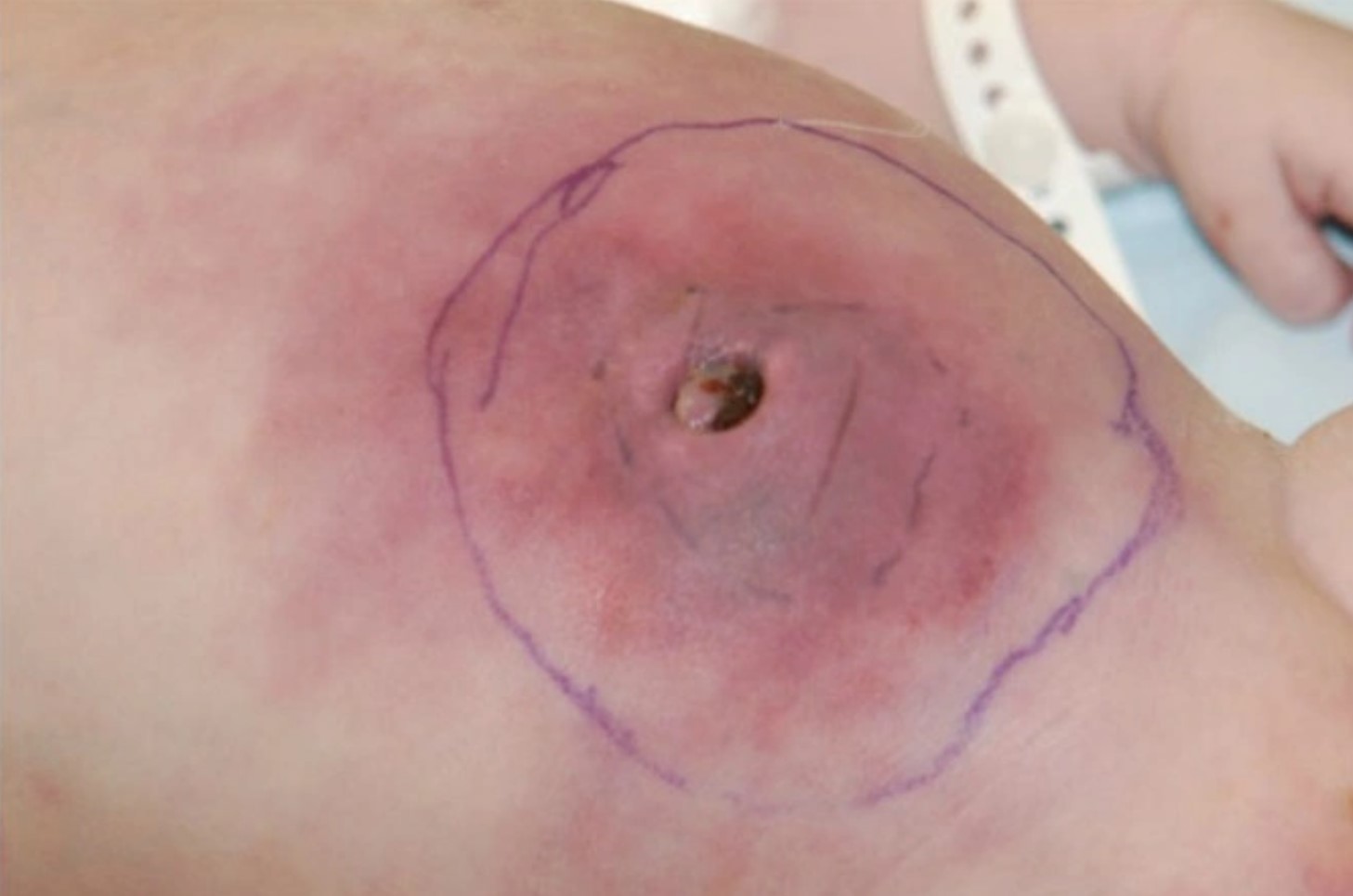
Dr Perlstein says if you notice any warmth, swelling, redness or tenderness in the skin around the belly button, or a lot of foul-smelling discharge, you should get your baby to the Emergency unit of your closest hospital without delay.
These symptoms could indicate a potentially life-threatening condition called omphalitis, in which infection occurs in both the umbilical stump and the surrounding area.
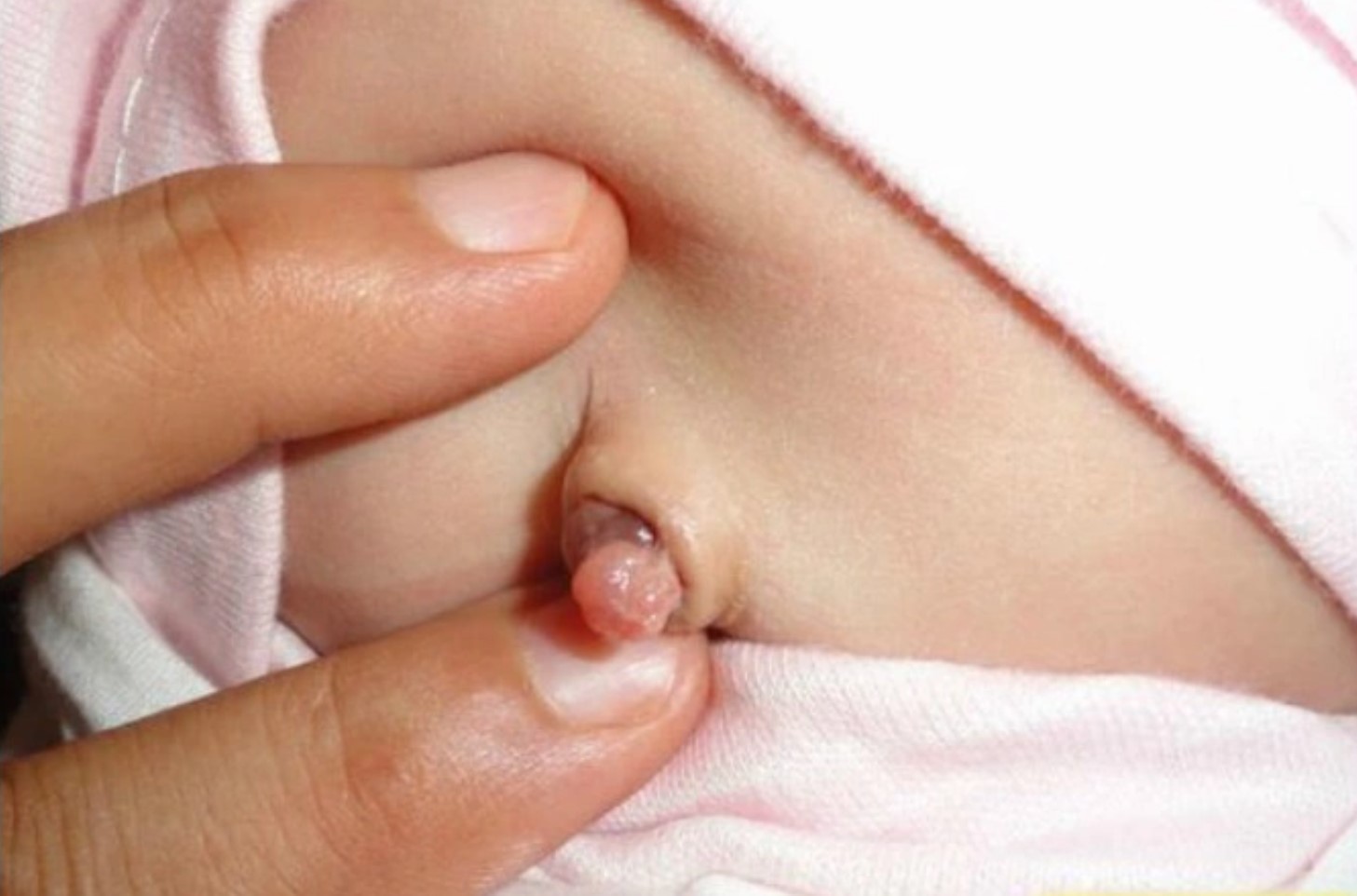
If there is no redness, warmth, swelling or fever, yet you see a constant greenish-yellow discharge from your baby's belly button after the stump falls off, it may be a sign of a condition known as umbilical granuloma.
This will look like a small nodule of firm, pinkish-red tissue from which the discharge appears, explains Dr. Perlstein.
This condition is easily treatable by your little one’s paediatrician, who will probably apply some silver nitrate to the umbilical stump.
The silver nitrate cauterises and dries up the tissue at the stump-base, enabling normal skin to grow over. The doctor may repeat this procedure until the granuloma is healed.
After the treatment, you might notice some dark discharge — this is nothing to worry about. Furthermore, the procedure is not painful to your little one.
A little bit of dried blood near the base of the stump is normal. But any persistent and/or significant bleeding from the umbilical stump is cause for concern.
Dr Perlstein explains that it may signify a clotting problem and that you should seek medical help without delay.
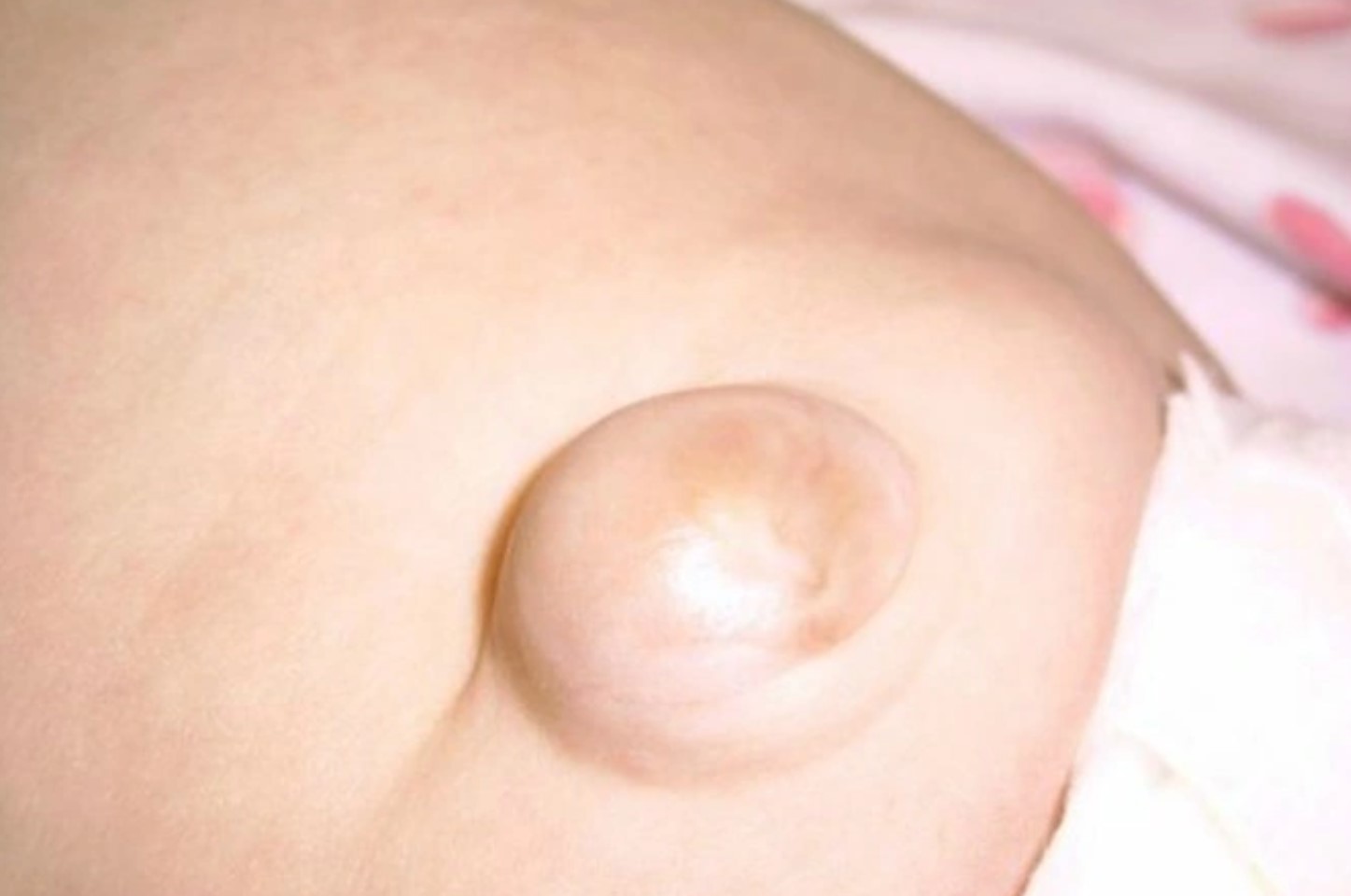
WebMD says an umbilical hernia may be indicated by bulging tissue around your baby's belly button. This usually becomes noticeable after the stump falls off.
While most umbilical hernias go away on their own, they still need to be monitored by a doctor.
You should call the doctor if your little one's umbilical stump has not fallen off in four weeks.
According to MedlinePlus, this may be indicative of an anatomical or immune system-related issue.
As a general rule, if you notice swelling, blood, pus or a foul smell coming out of your child's umbilical stump, do not hesitate to consult your baby's paediatrician about it.
ALSO READ: Delayed cord cutting at birth tied to better skills in childhood
This article was first published in theAsianparent.